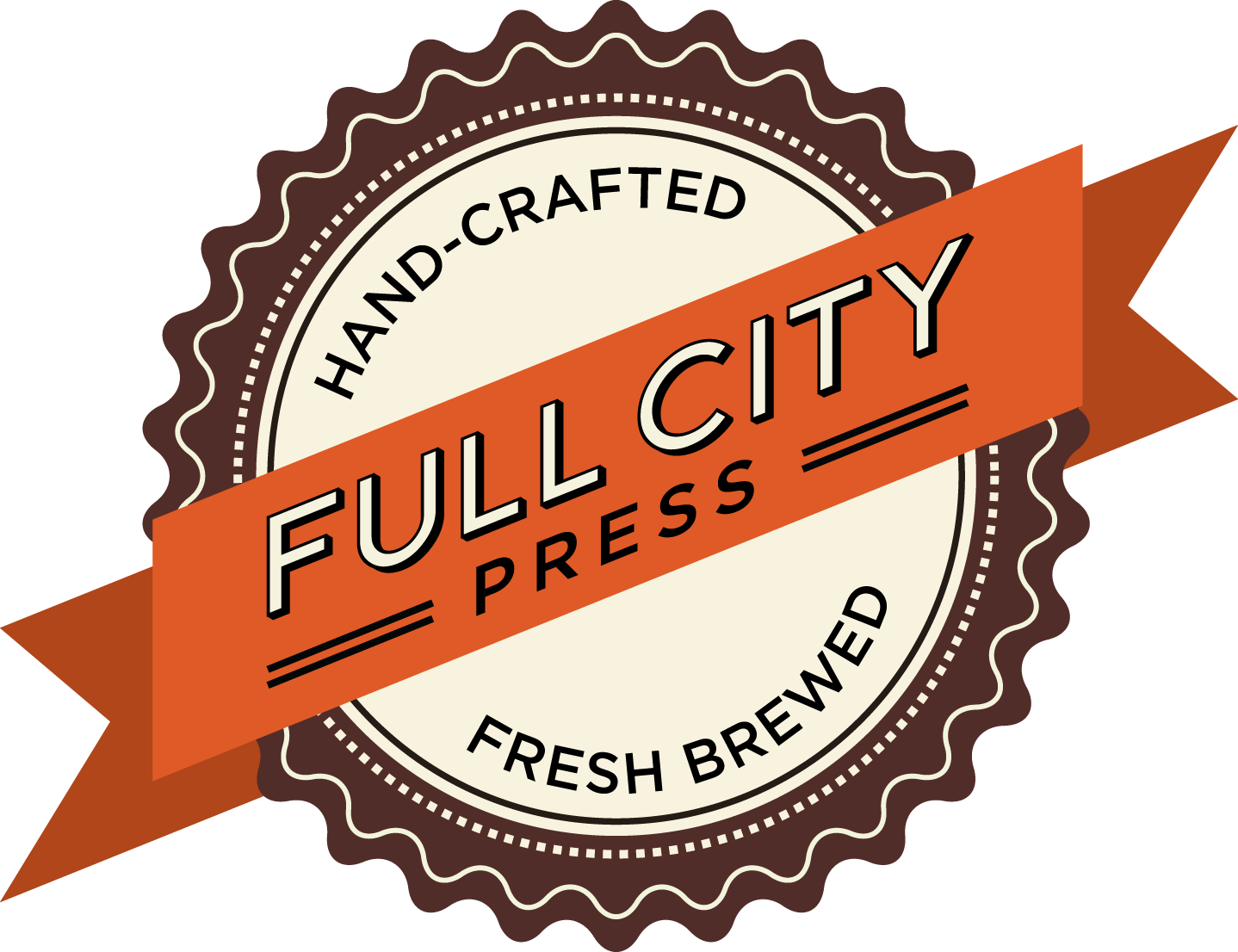Yesterday Apple announced a lot of new things at WWDC. Frankly, it has been a lot to process and figure out what the highlights worthy of discussion are. So I thought I'd share some (hopefully) brief thoughts on OS X Lion, iOS 5, & iCloud.
OS X Lion
Apple showed off a lot of the same things it did during the first preview months ago and also on its website since. Chief among those are things like Multi-Touch Gestures, Full-Screen Apps, Mission Control, Launchpad, Auto-Save and Versions.
The Lion part of the keynote was really just a recap to show off some polish, and give details on its release. I was very happy to see the price tag of $29.99, and that it will be distributed via the Mac App Store in July. I honestly was a little surprised to see Apple killing off the optical disc this aggressively. I knew it would happen sooner rather than later, but I expected it for the next iteration of OS X.
My only curiosity with the whole thing revolves around whether or not we'll be able to make some sort of bootable recovery, whether on disc or USB drive. I mean, what if your hard drive goes kaput? We'll find out in July.
I do highly recommend you peruse Apple's extensive information about OS X.
iOS 5
There were two things I have been wanting built into iOS recently, and those have been a better notification system and a ToDo List that would sync over the air with my Mac and iPad. I had bought a few apps to accomplish the latter, but none work as seamlessly as I expect out of my Apple devices.
Thankfully both of those items and more came to fruition.
Notification Center
Notifications have, honestly, taken a cue from Android. They pop in briefly from the top while you are doing something and quietly disappear for later inspection within the Notification Center, which can be accessed by dragging a finger down from the top of the screen. Here, notifications can be acted upon, left alone, or dismissed. Another nice touch regarding notifications is how they stack on the lock screen, and can be acted upon straight from there by sliding your finger across a particular notification, which unlocks the device and pops you into that app.
Reminders
Reminders is your regular old task list, with a twist. It has the ability to use geolocation as a way to alert you to a task, when you either arrive somewhere, or leave. For instance, you could set a reminder pick up dinner when you leave your office. As you are walking to your car, your iPhone alerts you. It looks like everything I could want and more.
Camera
The improvements to the Camera app have me fairly excited. There will be a software button you can tap from the lock screen to jump immediately into the camera. From there, you can now pinch to zoom, tap & hold to lock auto-exposure and auto-focus, and even use the volume up button as a shutter release.
After you take a shot, you can also do basic editing, such as rotation, cropping, red-eye correction, and an automatic touch-up process.
iMessage
iMessage is a new, free service, that allows you to send text, pictures, video, contacts, location data, etc to another iPhone, iPod touch, or iPad. It will be the default system in the Messages app, with SMS/MMS being a fallback if the recipient isn't an iOS user. This is definitely huge and I am sure the carriers aren't happy about Apple sucking away their precious overpriced texting plans.
Independence from Computers
By far the biggest announcement for iOS is tethering via USB will no longer be needed to sync and make backups. Heck, iTunes isn't even needed to set up your iDevice out of the box anymore. Just take it out, run through a set-up dialog, and you're on your way. This will be great for upgrading to a new device, and even more so, those buying an iPad as their only device.
Another perk is iOS updates will now occur over the air, and as delta updates. Delta updates are just the changes. Up until now, iOS updates have been the entire OS, which is kicking around 600+ MB these days.
iOS 5 is set for release this fall (I'd guess September). Check out the new features and a video.
iCloud
iCloud is a new service from Apple that moves the focus of syncing off of iTunes and onto a server. Jobs said, "The cloud is the truth", meaning that all your devices — Mac, PC, iPhone, iPod touch, & iPad — will be communicating with iCloud as their main source of information.
iCloud will store email, contacts, calendars, iTunes, App Store, & iBookstores purchases, documents, photos, and backups. The idea is that you make a change on one device, and it uploads to iCloud, and then is pushed to the other devices.
For example, take a picture on your iPhone, and it is on your iPad and within iPhoto on your Mac in mere moments.
iCloud looks to be a big deal, and it will be available this fall alongside iOS 5, free for everyone.
I was very glad to see iCloud is free, and MobileMe accounts are being rolled into it.
Like I said, it's a lot of information to absorb. The implications of iCloud are staggering, something I'll expound on in a later post. I am excited to get Lion in a month's time, and find myself impatient, as always, for the next version of iOS.
